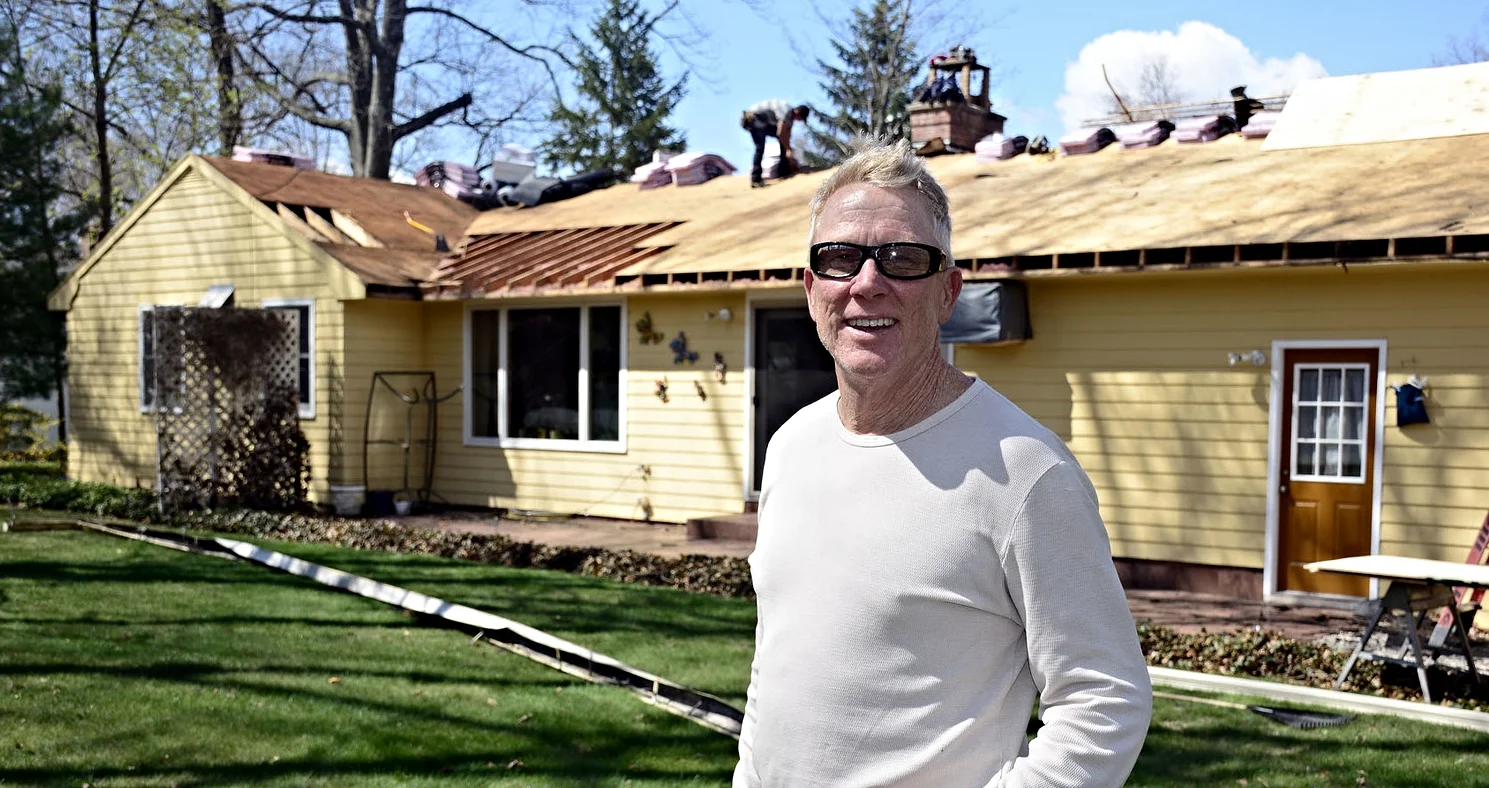Investigating Bare Spots on a Snow Covered Roof
Chelsea O'Donnell
This week I received an email from a reader who has a problem that I see in many homes around our area of Connecticut. Her question was this: “Dear Bob, on particularly cold mornings over these past few weeks, I have noticed spots on my roof that accumulate frost and other parts that don’t. Why am I seeing these spots and is there something wrong with my house?”
I’m so grateful that a reader asked this question and with snow in the forecast, I’d like you all to go outside early in the morning and have a look at your roof. Do you have spots too? If so, you might be thinking that the places where snow is accumulating are the problem and the bare spots are good. But believe it or not, the spots where you can still see your shingles are actually the problem areas.
If your roof is covered with any type of shingle or material other than metal, it should be completely and evenly white after a heavy frost or snowfall. If there are places where shingles are clearly visible, these are literal hot spots where heat is escaping from your home and through your roof at a temperature warm enough to melt snow. This is a problem.
A well insulated and ventilated attic has one very important job to do in the winter - to keep the heat inside your home. Insulation helps to ensure that the air inside your home can’t escape while ventilation allows air to circulate so the temperature and humidity stays regulated. If a home is not insulated and ventilated correctly, you’re going to be subjected to a whole bunch of problems. If heat is escaping, that’s bad for the environment and your energy bills. Once the temperature in the attic deregulates, your roof is going to be susceptible to ice dams, which form because snow melts down to the gutter and refreezes again. When this happens, huge icicles can begin to grow, weighing down the gutter and potentially pulling it clean off. Of course, all this water hanging out where it doesn’t belong also opens your home up to leaks which can come through the roof into the attic and eventually down through your insulation, ceiling, and walls. All of these problems simply because the attic doesn’t have enough of a support system to let the house breathe the way it should!
So what should you do? Here is the easy part. Get your attic properly insulated and ventilated. As a general guideline, insulation with an R-Value of between R-49 and R-60 will sit at between 19 and 22 inches thick when settled. If you have a home that was built in the 1950’s or 60’s, you’re probably sitting on about three inches of insulation in the attic, which gives you an R-Value of about R-10. This might explain why you’re so chilly.
If you're not quite convinced to take on the project, consider this. According to Remodeling Magazine’s 2017 Cost Versus Value Report, adding insulation in your attic was the second-best home improvement project to undergo. In Hartford County, you’re looking at a 92.2% cost recoup upon the resale of a home. How’s that for an investment worth warming up to?
Bob O'Donnell is the owner of O'Donnell Bros, Inc., a Bristol-based home improvement company established in 1975. Email your questions for Bob to info@odonnellbros.com with the subject line “Ask the Pro”. All questions may be considered for publication. To contact Bob for your remodeling needs, call O'Donnell Bros, Inc. at (860) 589-5155 or visit www.odonnellbros.com. Advice is for guidance only.
